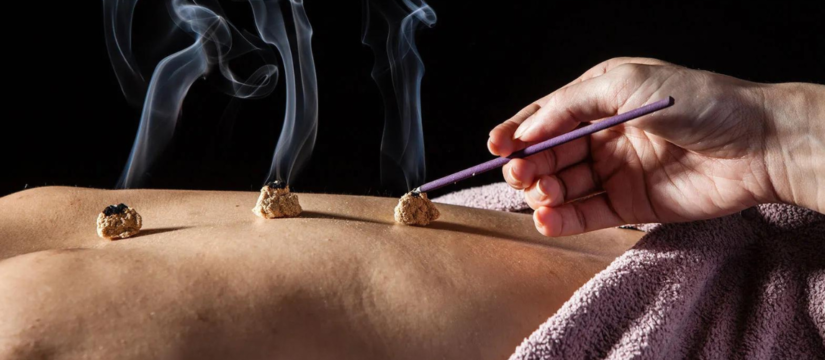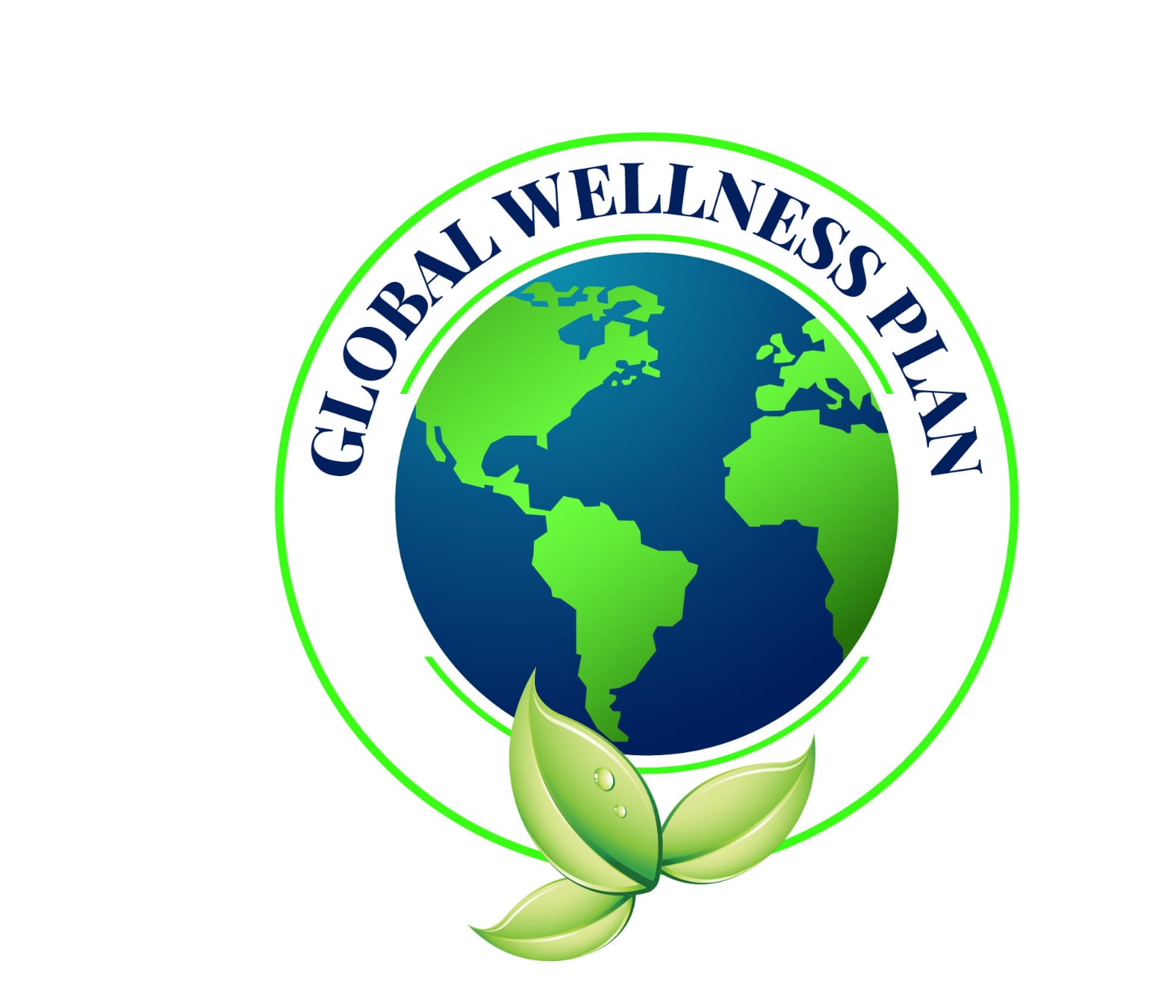
The Healing Power of Traditional Chinese Medicine
- September 13, 2019
- 33 Likes
- 1418 Views
- 0 Comments
Traditional Chinese Medicine (TCM) is a holistic approach to health and wellness that has evolved over thousands of years. Rooted in ancient Chinese philosophy and influenced by the concept of balance and harmony, TCM offers a unique perspective on well-being that continues to captivate people worldwide. In this article, we explore the essence of TCM, its key principles, and how it can positively impact your life.
The Fundamentals of TCM
At the core of TCM is the belief that the body, mind, and spirit are interconnected and must be in balance for optimal health. Here are some fundamental principles of TCM:
- Yin and Yang: TCM sees the universe as a delicate balance between opposing forces, represented by Yin (feminine, dark, and cold) and Yang (masculine, bright, and warm). Health is achieved when these forces are in harmony.
- Qi (Chi): Qi is the life force or energy that flows through the body’s meridians, similar to the concept of prana in Ayurveda. When Qi is balanced and unobstructed, it promotes vitality and health.
- Five Elements: TCM categorizes natural phenomena and the body’s organs into five elements—Wood, Fire, Earth, Metal, and Water. Each element is associated with specific organs, emotions, and seasons, providing a framework for diagnosis and treatment.
- Meridians: TCM identifies channels or meridians through which Qi flows. These meridians connect the body’s vital organs and are used in acupuncture and acupressure therapies.
TCM Modalities and Therapies
Traditional Chinese Medicine offers a range of therapies and practices designed to restore balance and promote well-being. Some of the most well-known include:
- Acupuncture: This ancient practice involves inserting thin needles into specific points along meridians to stimulate the body’s Qi and promote healing. It’s used for pain relief, stress reduction, and various health conditions.
- Herbal Medicine: TCM uses a vast array of herbs and botanicals to create custom herbal formulas tailored to an individual’s specific health needs. These herbs can address a wide range of health concerns.
- Cupping Therapy: Cupping involves creating suction on the skin’s surface using glass or plastic cups. It’s often used for pain relief, improved circulation, and detoxification.
- Moxibustion: This therapy involves burning dried mugwort (moxa) near specific acupuncture points to stimulate Qi and warm the body. It’s often used in conjunction with acupuncture.
- Tai Chi and Qi Gong: These gentle, flowing exercises promote balance, flexibility, and mindfulness. They are beneficial for physical health and mental well-being.
The Modern Relevance of TCM
TCM’s holistic approach to health is gaining recognition in Western societies as an alternative or complementary system of medicine. Many people turn to TCM for chronic pain management, stress reduction, fertility support, and more. Research continues to explore the effectiveness of TCM modalities, providing scientific validation for their benefits.
In Conclusion
Traditional Chinese Medicine offers a profound perspective on health and wellness that encompasses the mind, body, and spirit. Whether you seek pain relief, stress reduction, or a holistic approach to health, TCM has something valuable to offer. Exploring the principles and practices of TCM can lead to a deeper understanding of your own well-being and provide new avenues for a healthier and more balanced life. Embracing TCM means embracing a holistic approach to health—one that nurtures the interplay of Yin and Yang, harmonizes Qi, and strives for equilibrium in every aspect of life.



Leave Your Comment